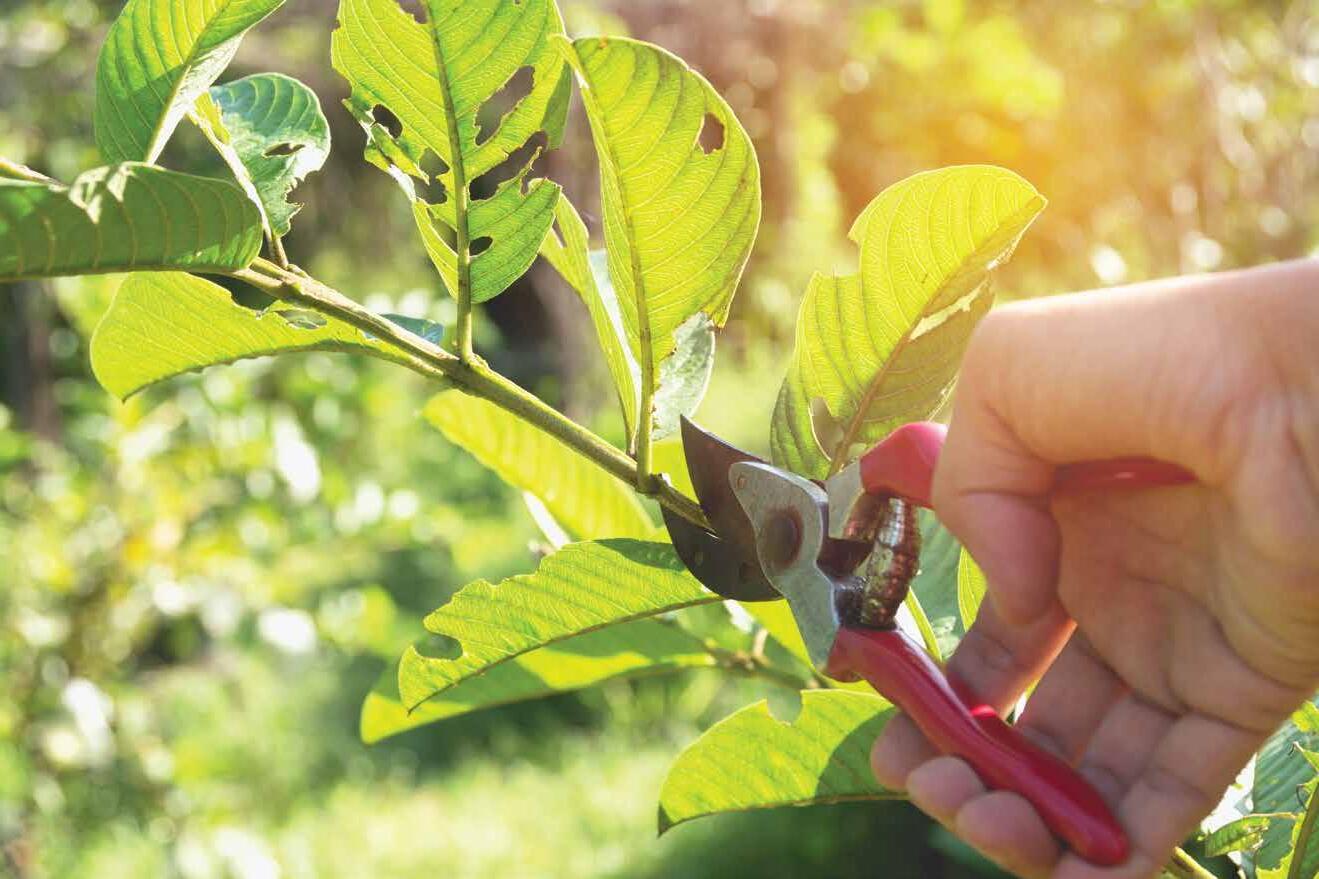

Pruning Shrubs For Health & Beauty Snip Smart
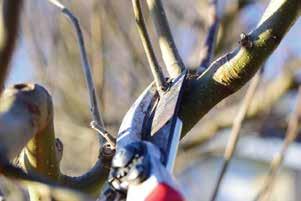

Why Should I Prune My Plants?
Pruning can feel intimidating, especially for new gardeners, but you’re not alone. Our knowledgeable team is here to guide you every step of the way. Use the tips below to get started, and feel free to reach out to our Help Center for expert advice. However, if you're ever unsure about pruning, it’s o en best to leave the plant alone—most shrubs stay healthy and beautiful without regular trimming.
When Should I Prune my Plants ?
When to prune depends on the type of plant and its growth habits, so it’s important to understand each plant’s needs. In general, summer- and fall-blooming shrubs should be pruned during their dormant period—late winter to early spring—to encourage strong growth. Spring-blooming shrubs, however, should be pruned right a er they nish owering to avoid cutting o next year’s buds. Evergreens can be pruned throughout the year, but the best time is from early spring to early summer, with a light touch-up in late August. Avoid fall pruning, as fresh cuts are more vulnerable to winter damage.
Hydrangeas are o en the most confusing shrubs to prune due to the many varieties. In general, (Macrophylla)pink, blue, and oakleaf hydrangeas should not be pruned, as you risk removing their ower buds. (Paniculata)White summer-blooming types can be pruned in early spring, with light deadheading in the fall if needed.
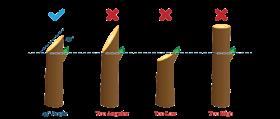
Bene ts of Pruning Shrubs: Why You May Want To Prune em
Promotes Branching, Blooming, And Fruiting – Trimming down excess branches, runners, or other unnecessary limbs directs the plant's energy to blooming or fruit bearing branches.
Controls Size And Shape
–Regular trimming protects trees, plants, and shrubs from overgrowing and encroaching on their neighbors.
Eliminates Disease – Eliminating any dead plant matter from the garden aids in preventing bug, pest, and disease issues.
How to Prune a Shrub?
Start with a sharp pair of bypass pruners—their scissor-like action gives you clean, precise cuts that help plants heal quickly.
Here are a few tips to guide your cuts:
• Always cut just above a large bud
or a cluster of buds. Bigger buds lead to stronger, more vigorous growth.
• Avoid cutting into thick, woody stems where no buds are visible.
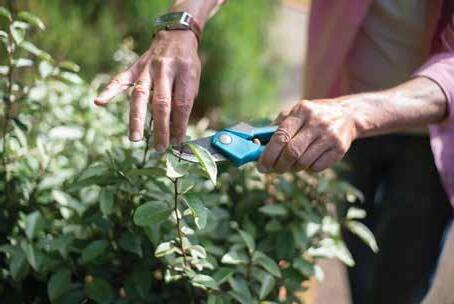
• Keep your cuts small and neat by cutting straight across (or at a 45 degree angle). is helps the plant heal faster.
• A good rule of thumb is to remove no more than one-third of the plant at a time.
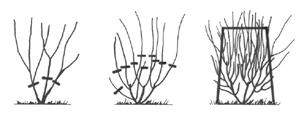
Trim the entire plant evenly to shorten the stems, encouraging growth to emerge from strong, healthy buds lower on the plant. en remove chosen stems entirely to stimulate new growth from the base of the plant, boosting its vitality and form.
Plants at You Should Avoid Pruning
For optimal results, it’s recommended to avoid pruning the following plants, except for removing dead wood in the spring.
- Bigleaf Hydrangea
- Oakleaf Hydrangea
- Viburnum grown for their berries
- Winterberry Holly
- Mountain Hydrangea
- Rhododendron + Azaleas
Plants at Require Special Pruning
Reblooming plants, such as Bloomerang® Lilac and Azalea, bloom on both old and new wood. If pruning is necessary, it’s best to do so right a er their spring bloom.
Evergreens like Arborvitae and Boxwood should be pruned in the spring, once fresh growth has appeared.
Dead branches can be removed at any time, and any limbs that pose a risk to people, pets, or property should be cut back right away.

